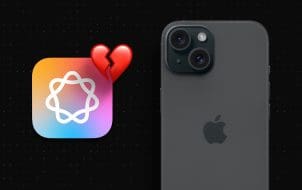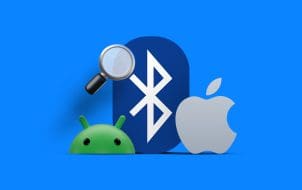It seems that there’s never been so many different solutions for boosting productivity. There are books, seminars, and all kinds of software available. And it’s no wonder as people have never been more easily distracted or stressed out. Coda and Notion are companies that have taken a next-generation modular approach to spreadsheet documents.
They can both create notes, help you plan, organize, and can replace other project management apps. Notion has been around for a few years, whilst Coda is more recent. They’re both very popular. But which one is better, and what are the key differences?
Pricing
When it comes to cost, there are some important differences between Coda and Notion worth underlining. Coda is effectively free. But there is Coda Pro which is $10/month per one Doc Maker and Coda Team which is $30/month per Doc Maker. Doc Makers create and manage the docs and workspaces in Coda. And the workspace is where you and your team do everything in Coda. Doc Makers and Editors are there to organize the docs.
Notion, on the other hand, is $4 per month. In this deal, the price is for a single user, with unlimited block storage and no file upload limit. A block is any single piece of content that you decide to add on your page. In turn, you can delete blocks to free up space.
There’s also priority support and version history. Notion also has a Team membership which is $8 per member per month. There’s no limit to how many members you can have. And there are admin tools available.

Interface
When creating a new doc on Coda it might strike you as familiar. The interface does look like Google Docs. However, it can take a little adjustment for someone transitioning from Excel. That said, the Coda website offers tips and tools on how to make it work.
Notion functions more like a big white canvas. And works best if you learn the shortcuts to make everything go quicker. Some of these can help you navigate the pages, format text, or switch to Dark Mode.
Task & Project Management
Both Coda and Notion have the same purpose. It’s to maximize personal productivity or help communicate and work better. These apps offer to-do lists, and Coda even has many to-do templates which you can pick, depending on your needs. You can set tasks based on due date or priority. Coda lets you create very advanced to-do lists. And generally, allows for deeper work with databases.
Notion also has templates. For example, a weekly agenda template to help organize the week ahead and ensure you don’t forget anything important. You can add cover photos and icons. Notion also has project management tools like Roadmap, which is similar to the project management app Trello, but even more efficient.
Notion is great for onboarding new team members. This can be very important when everyone is in the middle of a project. But it’s also a great tool for personal organizing and keeping track of lists, tasks, and other important things.

Availability
As mentioned, Notion has been around longer. For that reason, it doesn’t come as a surprise that it’s more available. You can find it on iOS, Android, Mac Windows, and Web. And to make everything much simpler, Notion has the same UI on mobile, PC, and web.
Coda still has some catching up to do here. It’s available on the web, iOS, and Android. Hopefully, they’ll add Mac and Windows too soon. Plus, when it comes to Coda, the user experience is best served on the web.

Pick Your Productivity Booster
Both of Coda and Notion are about all-in-one experience. They let you craft and manage most of the work you do. The idea is to move away from using multiple productivity solutions and rely on just one of them.
When it comes to which one is better, for personal use, Coda wins out because it’s free and you don’t need to upgrade to get the most of it. Notion is $4 per month, but it’s more available.
Have you tried Coda or Notion? What’s your take on which one is better? Let us know in the comments section below.
Disclaimer: Some pages on this site may include an affiliate link. This does not effect our editorial in any way.






